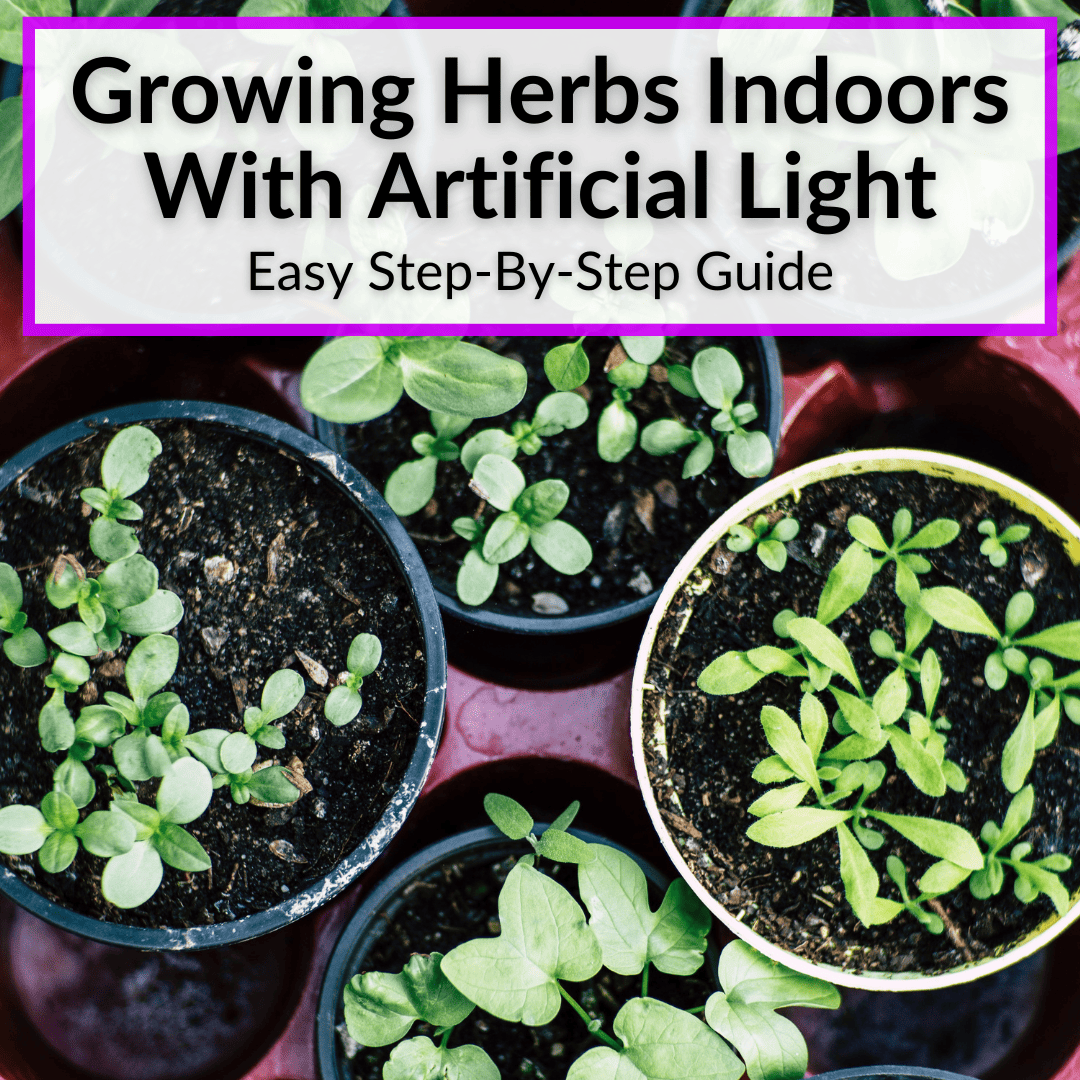Grow Herbs Indoors, Artificial Light Guide

Growing Herbs Indoors with Artificial Light: A Comprehensive Guide
Ever wished you could enjoy fresh herbs all year round? Well, you can! Growing herbs indoors with artificial light is not only possible but also incredibly rewarding. Let's dive into this urban gardening adventure and explore how LED grow lights can turn your indoor plants into a thriving herb garden.
Why Grow Herbs Indoors?
Growing herbs indoors is more than just a hobby; it's a way to have fresh, organic flavors at your fingertips. Imagine plucking a few leaves of basil for your pasta or some mint for your mojito without stepping outside. Plus, indoor herb gardens can be a beautiful addition to your home decor.
Understanding Artificial Light for Indoor Plants
Before we dive into the specifics, let's understand why artificial light is crucial for indoor plants. Plants need light for photosynthesis, their food-making process. When growing herbs indoors, windowsill light might not cut it, especially in winter or gloomy weather. That's where artificial light comes in.
LED Grow Lights: The Game Changer
LED grow lights are a game-changer for indoor herb gardens. They are energy-efficient, long-lasting, and emit less heat than other types of grow lights. Plus, they provide the full spectrum of light that plants need, mimicking natural sunlight.
Herb Growing Tips: Picking the Right Herbs
Not all herbs are created equal when it comes to indoor growing. Some herbs that thrive indoors include:
- Basil
- Mint
- Parsley
- Chives
- Oregano
- Rosemary
These herbs are generally hardy and can adapt well to indoor conditions.
Setting Up Your Indoor Herb Garden
Setting up your indoor herb garden is easy. Here's what you need:
- Herb seeds or seedlings
- Pots or containers with good drainage
- Well-draining potting mix
- LED grow lights
- A timer for the lights
Choosing the Right Pots and Soil
Pots should be at least 6 inches deep to give roots enough room to grow. As for soil, a well-draining potting mix is ideal. You can also explore hydroponic herbs, growing plants in water with added nutrients.
Positioning Your LED Grow Lights
LED grow lights should be positioned about 4-6 inches above your plants for optimal light exposure. Remember, the light intensity decreases the further the light is from the plant.
How Long Should Grow Lights Be On?
Most herbs need about 14-16 hours of light per day. A timer can help ensure your plants get the right amount of light. Think of it as setting a sunlight alarm for your plants.
Caring for Your Indoor Herbs
Caring for your indoor herbs goes beyond just setting up grow lights. Here are some key aspects:
Watering Your Herbs
Water your herbs when the top inch of soil feels dry. Overwatering can lead to root rot, while underwatering can stunt growth.
Fertilizing Your Herbs
Indoor herbs need regular feeding. Use a balanced, water-soluble fertilizer every 4-6 weeks.
Prune and Harvest
Regular pruning encourages bushier growth. Plus, you get to enjoy the fruits (or herbs) of your labor!
Troubleshooting Common Issues
Even with the best care, issues can arise. Here are some common problems and solutions:
- Yellowing leaves: Could be a sign of overwatering or nutrient deficiency.
- Leggy growth: Not enough light. Adjust your LED grow lights accordingly.
- Pests: Even indoor plants can attract pests. Regularly inspect your plants and treat any pests promptly.
Embracing Urban Gardening
Growing herbs indoors is a fantastic way to embrace urban gardening. It's not just about growing plants; it's about creating a green space in your home, about nurturing life, and about enjoying the rewards of your efforts.
For more detailed tips, check out this comprehensive guide on growing herbs indoors.
Conclusion
Growing herbs indoors with artificial light is a rewarding experience. With the right setup, care, and a bit of patience, you can enjoy fresh herbs year-round. So, why not start your indoor herb garden today? Your taste buds will thank you!
FAQs
What are the best herbs to grow indoors?
- Herbs like basil, mint, parsley, chives, oregano, and rosemary are great for indoor growing.
How long should I keep grow lights on?
- Most herbs need about 14-16 hours of light per day.
Can I use regular LED lights to grow herbs?
- Regular LED lights may not provide the full spectrum of light that plants need. LED grow lights are designed specifically for plant growth.
How often should I water my indoor herbs?
- Water your herbs when the top inch of soil feels dry. The frequency can vary depending on the plant and environment.
What if my herbs aren't growing well?
- Check the light exposure, watering frequency, and nutrient levels. If problems persist, consider factors like pests or disease.
0 Response to "Grow Herbs Indoors, Artificial Light Guide"
Post a Comment